The Role Of Lighting In Enhancing Your Miniature Displays
## The Role of Lighting in Enhancing Your Miniature Displays
Welcome, fellow enthusiasts, to another journey into the remarkable universe of miniature dioramas. Today, we’ll put a spotlight on one of the most critical yet often overlooked aspects of creating captivating miniature displays: lighting.
When you imagine a world shrunk down to the size of your coffee table, illuminating the scene can transform a good diorama into a breathtaking one. Yes, we’re diving into the magical world of miniature lighting, unlocking new dimensions in your miniature displays.
### Lighting: More than just Brightening Up a Scene
Lighting serves more than just the functional purpose of illuminating; it is an artistic tool that adds depth, sets the scene, and breathes life into your miniature world. With strategic lighting, we can recreate the enchanting glow of a bustling city at twilight, or the lazy afternoon light spilling lazily through a room.

### Ambient Lighting–Setting the Mood
Buildings and structures in your diorama may be fascinating on their own, but lighting can elevate these structures by adding depth and character. Remember, the source of light in your tiny world isn’t just about providing visibility; it recreates the ambiance and feel of the setting.
A simple LED can mimic the warmth of a home hearth, or the cool, mysterious hues of twilight. You could use overhead lighting to replicate the feel of natural daylight, or use focal lights for spotlighting and detail illumination.

### Task and Accent Lighting–Highlighting Miniature Details
In real-world interior design, lighting is categorized into ambient, task, and accent lighting, and the principles hold true for miniature settings. Task lighting, as the name suggests, illuminates specific tasks or activities within a space. In the world of diorama, it helps spotlight the infinite details that make a scene-real pillows on a bed, the grooves on hardwood flooring, or the texture on wallpaper.
Accent lighting is used to highlight specific elements within the diorama. For instance, a small lamp could be placed to draw eyes to a particularly well-made miniature artwork on a wall, or the gilded edges of a tiny book.

### The Magic of Backlighting
Backlighting is a game-changer in photographing dioramas. Position your light sources behind the elements in your display to make them stand out, creating a silhouette effect. Backlighting helps to outline and separate individual components, keeping them from merging into a single entity. A cityscape diorama, for instance, could use backlighting to outline each building and advertise a bustling city’s nightlife.

### Lighting and Color Temperature
Here’s where you can get very creative. The color temperature of your light sources can drastically alter the mood of your scene. Warm, yellow-tinged lights can recreate a cozy, homely feel. On the other hand, using cooler white or blue-toned lights can create an ethereal moonlit landscape or a modern, industrial ambiance.
Plain, white light can wash out colors, robbing them of their richness. This is where colored lighting comes in. Colored lights can transform a simple, everyday scene into an enchanting tableau right out of a fantasy book.

### Conclusion
Indeed, lighting is an art that enhances the aesthetics of your dioramas and helps convey your intended narrative. However, one must always remember this rule–subtlety is key. The intent is clear, but the execution must be delicate.
Lighting opens up a whole new dimension of creativity. With a well-lit diorama, your miniatures will no longer be mere displays, but they’ll transport your audience into enchanting microcosms, each with its story to tell.
So, here’s your challenge today: Go back to your diorama, experiment with different light sources, play with tones and colors, and watch your miniature world come to life like never before. Lights on!
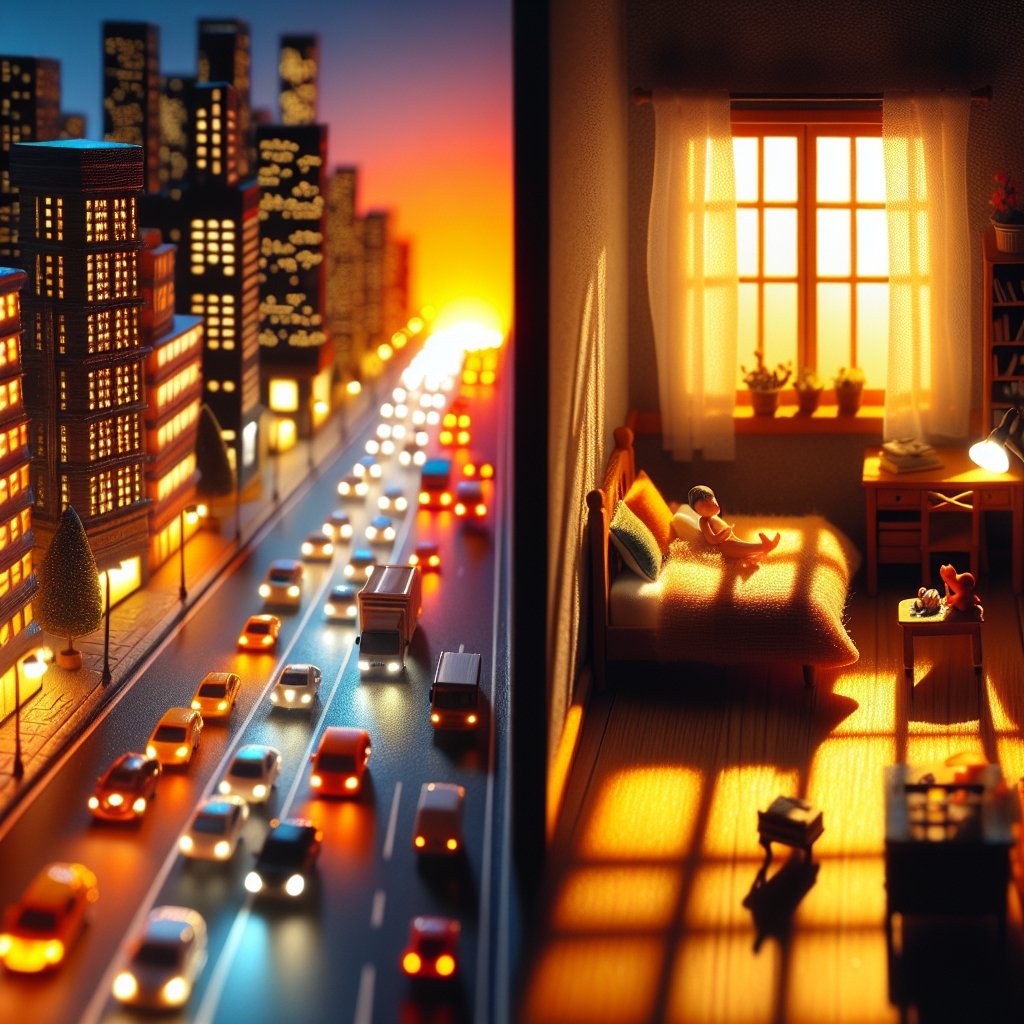
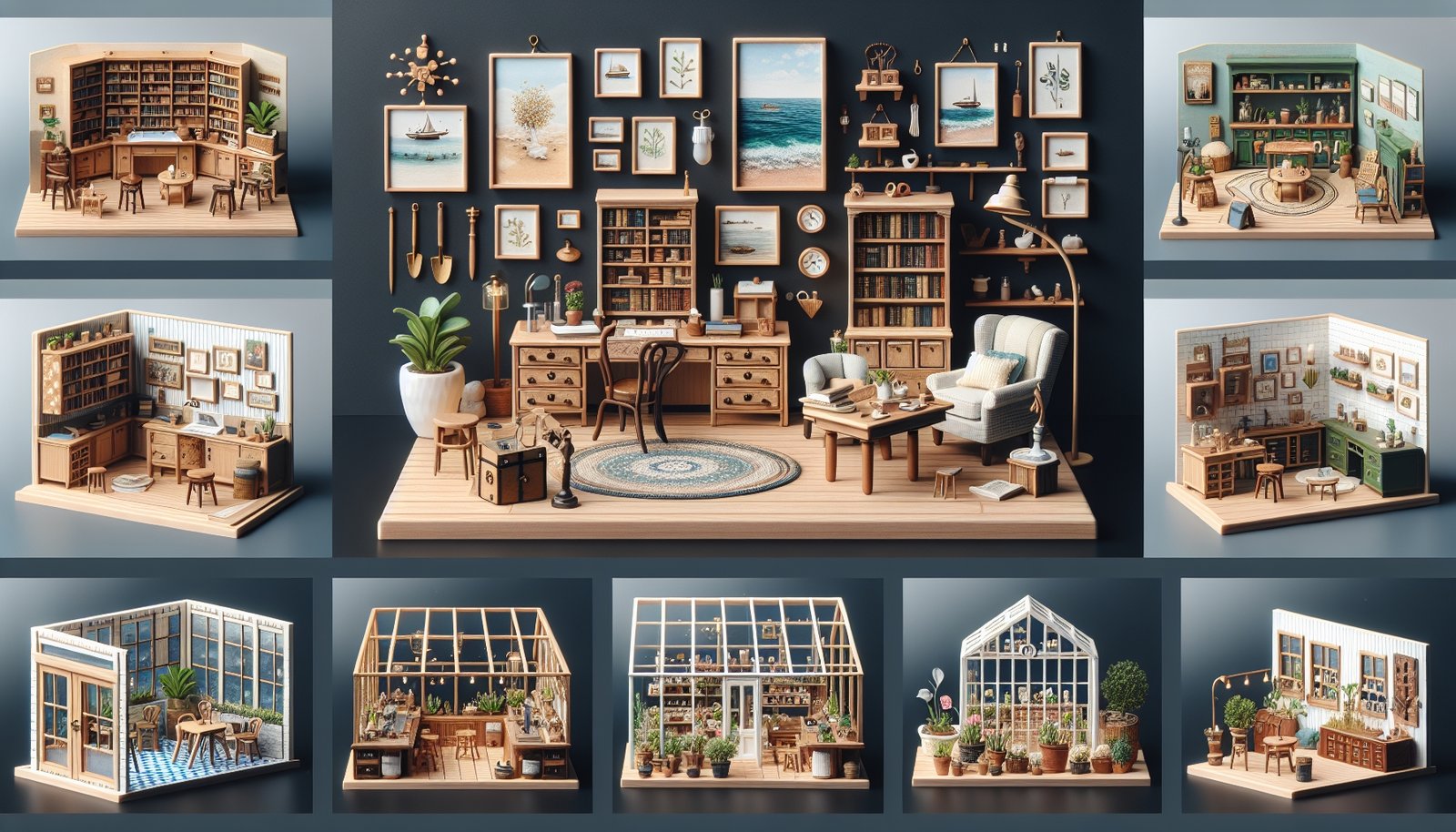


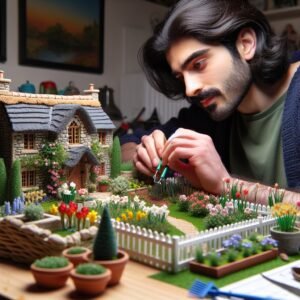


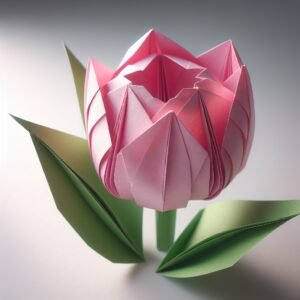

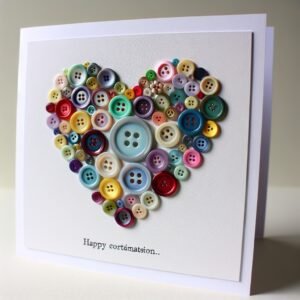
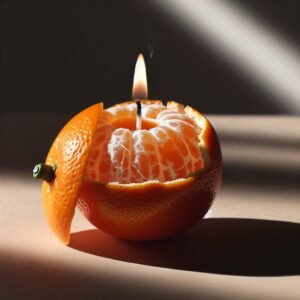

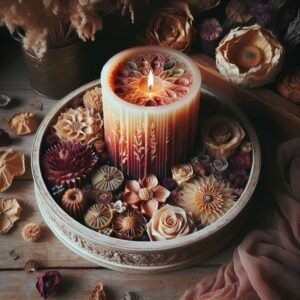
Post Comment